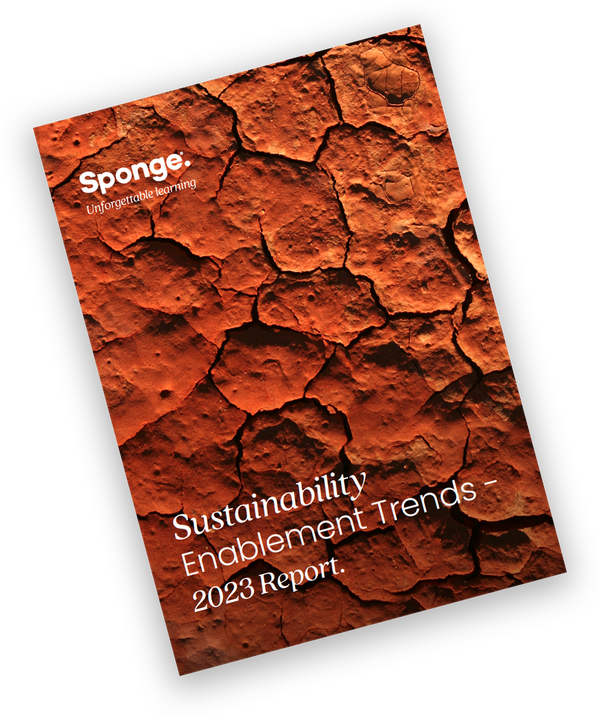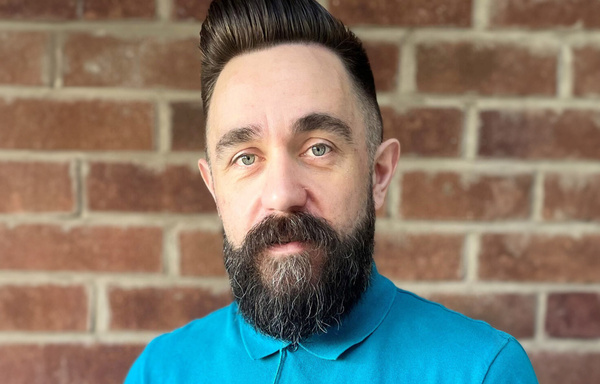Audience engagement
101.
Engaging a learning audience has some hard and fast rules which can really help to embed core messages, from well-established campaigns and ensure these are developed into market leading examples of learning interventions:
Connect the content to practical applications.
For a subject like sustainability, audiences are ready to connect with the content, the overall message, and the actions when they're delivered correctly. Offering practical applications gives an immediate route to measurable, meaningful change.
Foster a social learning culture.
In today's learning landscape, we're working to align with the idea that learning is not solely an individual endeavour but is enhanced through meaningful connections, sharing knowledge, and collective problem-solving. In a social learning culture, employees actively engage with others, both within and outside their immediate teams, to acquire knowledge, develop skills, and improve performance.
Offer continuous learning and resources.
Instead of creating a cringe culture, repeating messages, and risking unwanted perceptions of an otherwise important message, lean into learning partners to help create a joined-up solution which delivers a campaign of knowledge sharing, data capture and iterative approaches which are able to quickly adapt to changing requirements.







